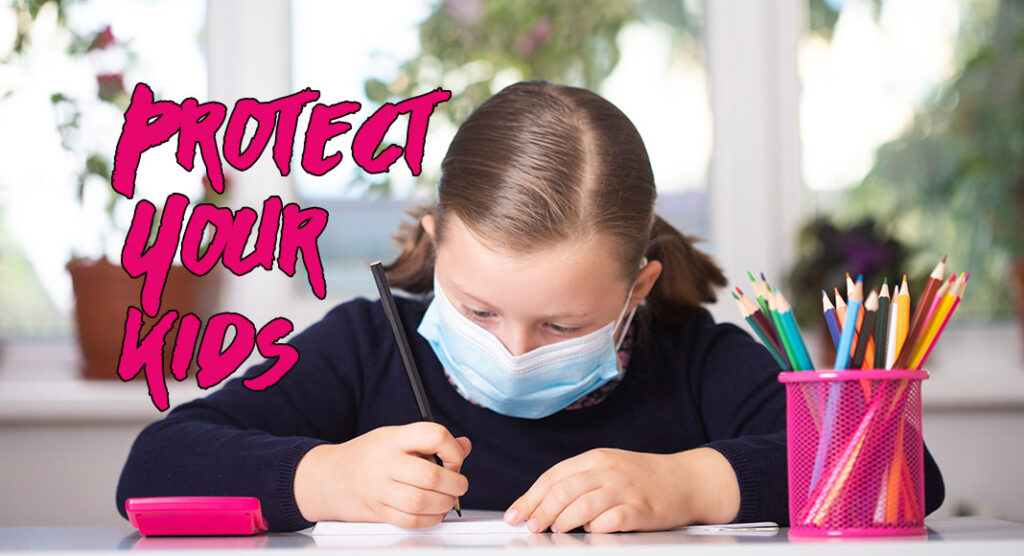
Texas Border Business
As the in-person school year begins, many parents are experiencing uneasiness and uncertainty about mask wearing for students. This week, the Department of Education initiated investigations into five states who have bans on universal mask mandates in schools.
The following Cornell University experts are available to weigh in on masking and social distancing for grades K-12.
Russell Weaver, economic geographer and director of research at the Cornell ILR Buffalo Co-Lab
Weaver says:
“As for the numbers, based on the latest county-level data, our estimates from the tracker suggest that about four in five school districts across the state just experienced a week-over-week increase in active cases. That’s among all residents living inside school district boundaries, not necessarily school-aged children — but, what it says about the situation is that transmission is still high and on the rise in our communities. My understanding from last year is that school buildings were some of the safer locations given the precautions that were taken (physical distancing, desk separation, mask mandates, etc.). However, children don’t just stay at school. If members of their households or communities are unvaccinated and/or aren’t following best practices recommended by health science professionals, then there remains a meaningful chance that our school children will be exposed to the Delta variant (or other mutations) outside of school and then carry COVID into their classrooms. At present vaccination rate levels, it doesn’t seem possible to fully eliminate that risk — which suggests that the strict preventative measures used last year (including mask mandates and physical distancing) should probably stay in place. But that’s the opinion of a parent and geographer, not a member of the health sciences community!”
—
Nellie Brown is a certified industrial hygienist and director of workplace health and safety programs for the Worker Institute. Throughout the pandemic, Brown has led trainings for companies and unions focused on COVID-19 measures and best practices to safely return to the workplace.
Brown says:
“Vaccination is not the final answer to the pandemic unless we vaccinate everyone that can be vaccinated, and we haven’t been able to achieve that. As long as we still have people infected, the virus will continue to mutate in its victims: some mutations will be trivial, but others may make the virus into a more efficient pathogen.
“So, we still need to use several different control measures – these items work together to reduce exposure. A school can have good ventilation with filtration on the recycled air, use social distancing, cohort the elementary school-age children, encourage good handwashing techniques, clean commonly-touched surfaces, have sick kids stay home, screen faculty, staff and students, and require faculty, staff and students be vaccinated – but several problems remain.
“Children under 12 years of age are not yet eligible for vaccination. Air currents within classrooms can vary in movement and effectiveness, infected people can be asymptomatic or pre-symptomatic, breakthrough infections can occur, and handwashing and social-distancing behaviors are not necessarily thorough or consistent.
“Facemasks add another layer of risk reduction by stopping some of the larger aerosol droplets – so they provide source control and protection for the wearer, as well.”
—
Juan Hinestroza, professor of fiber science at Cornell University, explores new pathways for creating multifunctional fibers at the nanoscale level. He says well-fitted masks make a huge difference in their success.
Hinestroza says:
“Independent of the type of mask, the best mask is the one that a person can wear for long periods of time. Comfort and fitting the mask to the shape of the face are the key parameters. Each face profile is different and unique – which is even more important in children’s masks.
“There is no universal mask that will fit everyone at every time – we sweat and our body shape changes around the day. However, fabrics can easily drape on complex shapes as faces and fabric-based masks are very comfortable.
‘Using a double mask is also an appropriate approach if the wearer can tolerate it for long periods of time. Special care should be made to avoid air escaping the mask by the sides of the mask, as that defeats the purpose of a mask. Proper fitting is required.”
—
Susanne Bruyère is a professor of disability studies and the academic director of the Yang-Tan Institute on Employment and Disability. She can talk about effective workplace practices for people with disabilities.
Bruyere says:“The U.S. Department of Education’s efforts to determine if state mask mandate bans differentially impact (put at risk) youth with disabilities is consistent with other federal agency guidance on mask-wearing and protections for adults with disabilities in the workplace. Mask-wearing is recommended by the CDC and OSHA to mitigate contagion risk in the workplace, and should be similarly considered to protect children in schools, especially for those with pre-existing health conditions that might make them more vulnerable to COVID as a health risk. Individual considerations, such as communication concerns that might be posed by a hearing-impaired student who lip reads, should be also taken into account on an individual basis. But, employers have addressed issues such as these by providing supervisors of hearing-impaired employees protective masks with clear plastic around the lips, to afford hearing impaired employees the opportunity to lip read with their supervisors in communication exchanges. A similar such approach could certainly also be used in educational settings.”



















